New Delhi: It’s a peek at over 100 years of India’s colonial history — a doorway to real-time commentary on a subcontinent grappling with British excesses and the ideas of identity and independence.
An Abu Dhabi-based Indian academic has teamed up with 147 researchers from 15 nations to devise a comprehensive map for dozens of forgotten journals lying in 160 libraries as far apart as the US and the UK.
History enthusiasts can log on to ‘IdeasofIndia.org’ to peruse through the index, which lists 255 largely unknown journals, articles and periodicals that were read and circulated in the century leading up to India’s independence, between 1837 and 1947.
Visitors to the website will find where a certain publication can be accessed, whether at a distant library or some other corner of the internet. It doesn’t itself host any of the publications.
It took five years and $360,000 (approximately Rs 2.57 crore) to put the index together, said Rahul Sagar, the global network associate professor of political science at NYU Abu Dhabi.
“The great beauty of these periodicals lay in the fact that they devoted themselves to ideas rather than news. They served as the forum where debates could be had,” Sagar told ThePrint in an email interview.
“At the same time, because they could be sent by rail to far corners of the country, they cultivated a much wider readership than daily newspapers, which typically focused on local or provincial matters,” he added.
What the articles chronicled, Sagar said, can be considered “the precursor to the modern op-ed”.
The index, which consolidates almost every monthly periodical circulated in the given period, was launched Monday, ahead of its original launch in December.
Also read: East India Company sent a diplomat to Jahangir & all the Mughal Emperor cared about was beer
India’s rich intellectual legacy
India’s pre-Independence intellectual landscape is defined by the likes of Rabindranath Tagore, Jawaharlal Nehru, B.R. Ambedkar, and Mahatma Gandhi.
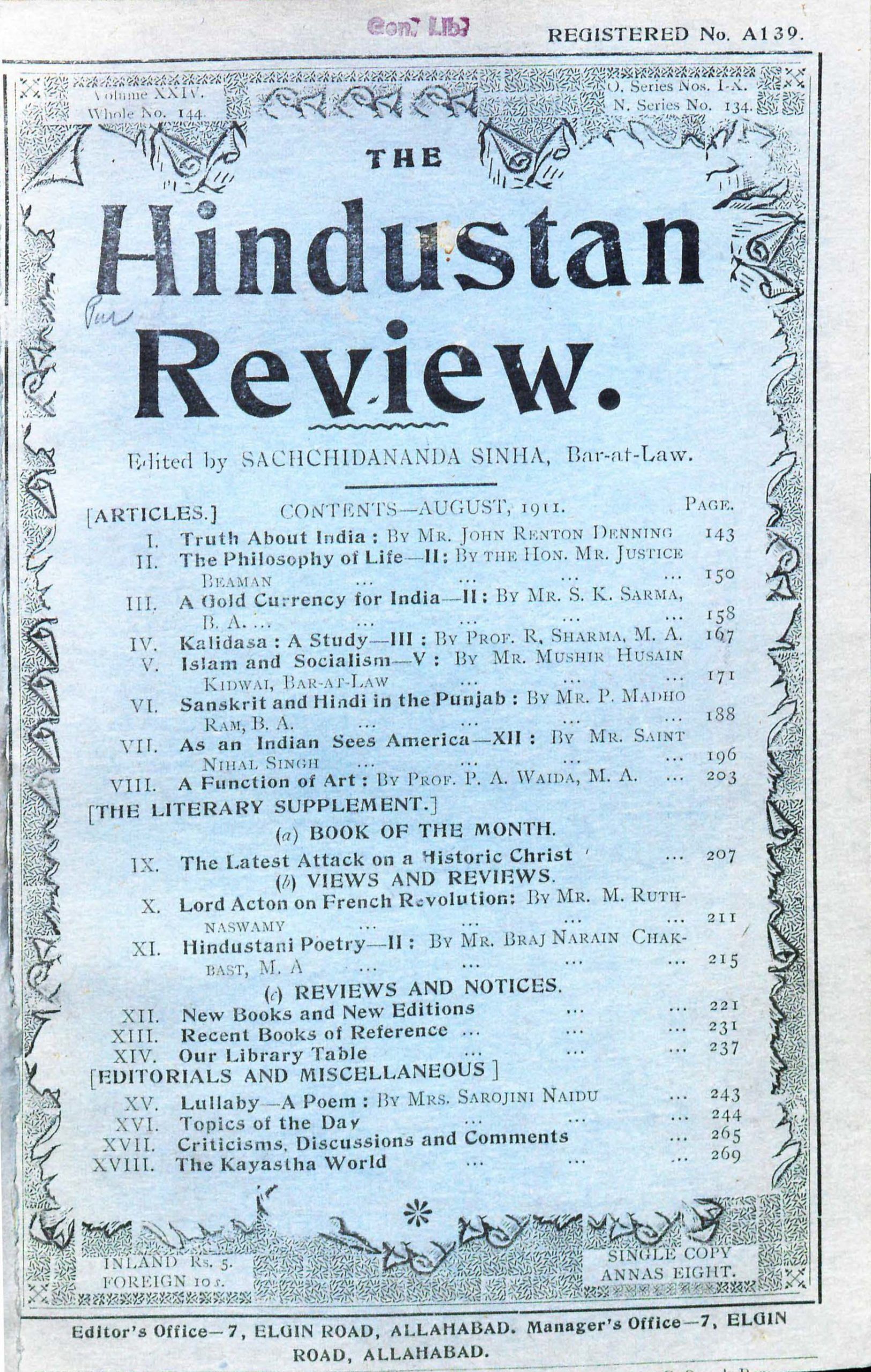
The database seeks to expand the landscape to shed light on the hundreds of other scholars and writers who grappled with the same questions of India’s nationhood.
“India was the site of great intellectual ferment, where many hundreds of learned and erudite individuals were deeply involved in shaping and transforming our sense of self,” Sagar said.
“We have many more heroes and many more debts than we realise,” he added. “In this way, these periodicals created national conversations, and ultimately a nation.”
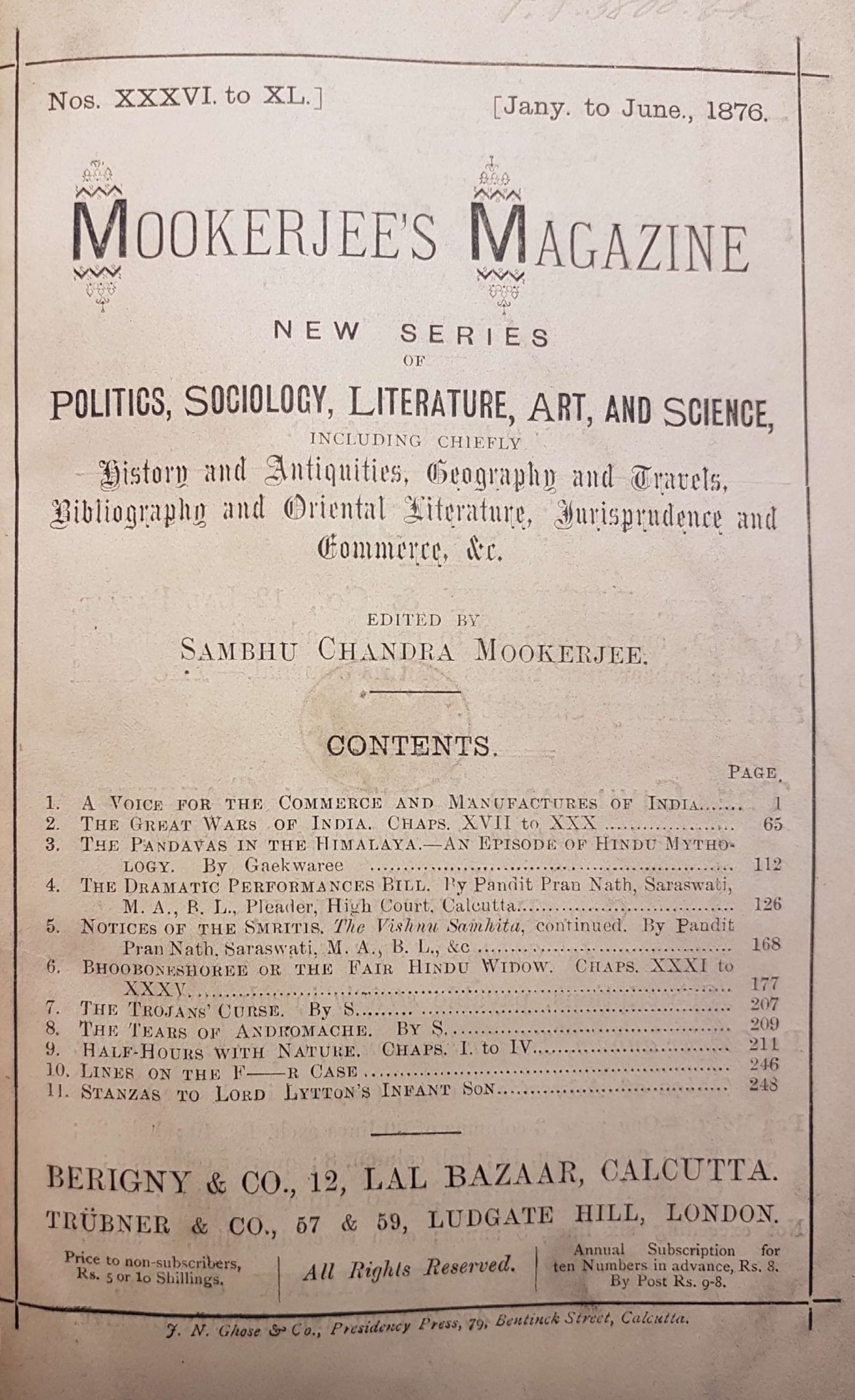
The initiative has been greeted with much enthusiasm by academics and historians.
“It’s striking to realise that there seems to have been more ideas-based and public-debate-based publications a hundred years ago than there are even today,” said Gilles Verniers, associate professor of political science, at Ashoka University, Sonepat.
“It’s an extraordinary opportunity to be able to reconnect with that wealth and diversity,” he added. “What we see is that there were far more public intellectuals in those days than we might have known, so it’s an opportunity to do better justice to the past,” said Verniers.
Also read: Why Right-wingers and lapsed liberals hate Romila Thapar, the mother of history in India
From questions of nation to individual
Recovered from over 160 libraries across the world, the publications reflect the views of societies, collectives, universities, and individuals who debated a set of wide-ranging issues from secularism, imperialism, and morality, to the nitty-gritties of state planning, the economy, and how the British viewed India.
Titles such as ‘India and World Affairs’ (1945-1947) addressed more practical issues of nutrition for India’s growing population, and the place of the village in India’s changing economy. Other publications, like ‘The Concord’ (January-June 1887) published more philosophical essays like “A Plea for Individuality”.
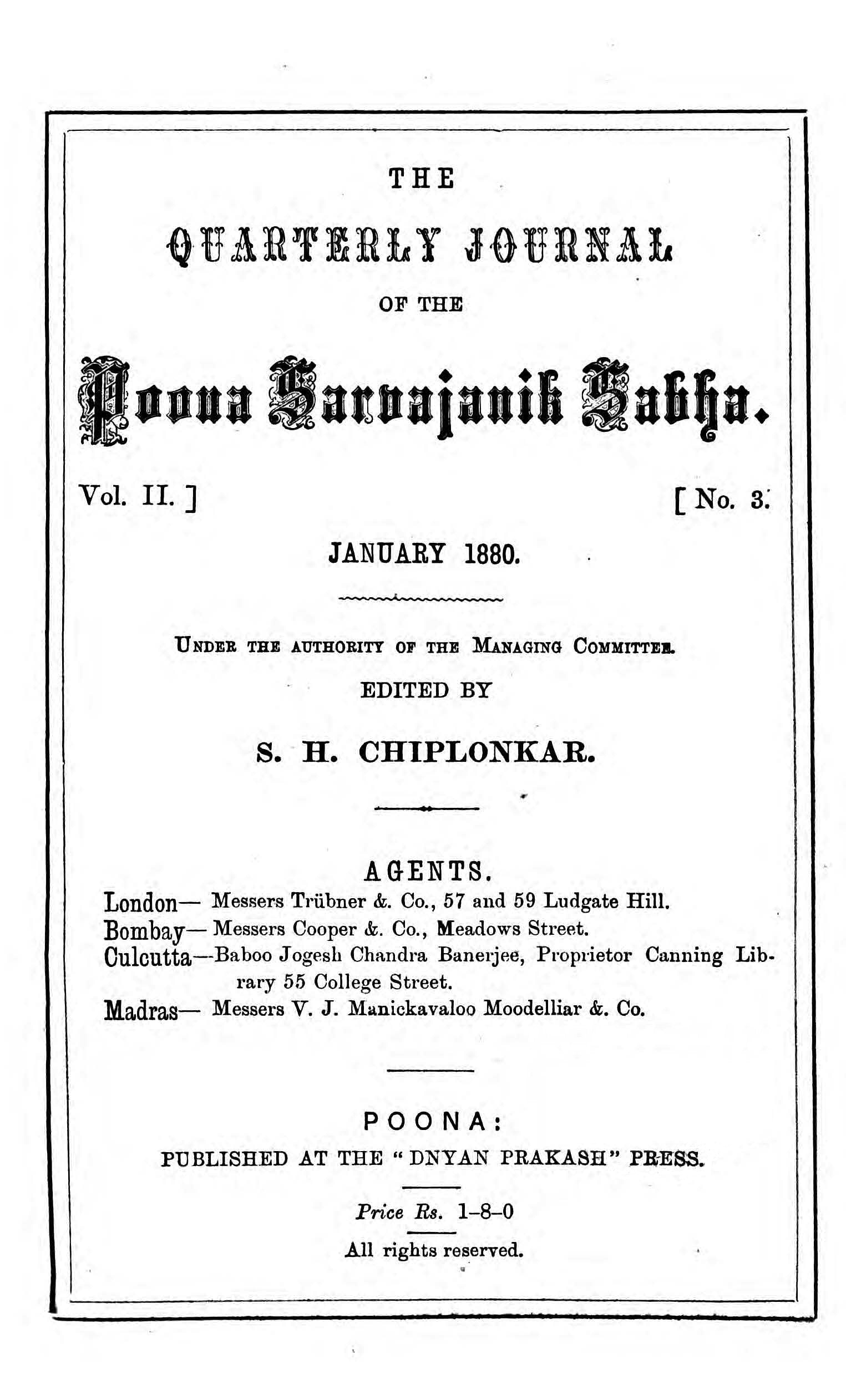
The ‘Indian Rationalist Society Bulletin’ (1919-1922), ‘Crucible: A Social and Literary Review’ (1914 – 1915), and ‘Feudatory and Zamindari India’ (1921-1949) are examples of journals that mulled over India’s independence, its religious pluralism, and its relations with foreign nations.
Distinct from both modern-day magazines and academic journals, the publications drew from similar initiatives from Victorian-era Britain, making them “quite high-brow”.
“The central focus was on the essay, which was neither academic writing, nor news reportage. It was, rather, an accessible but considered and well-written set of arguments intended to provoke, advance, or settle a debate,” said Sagar.
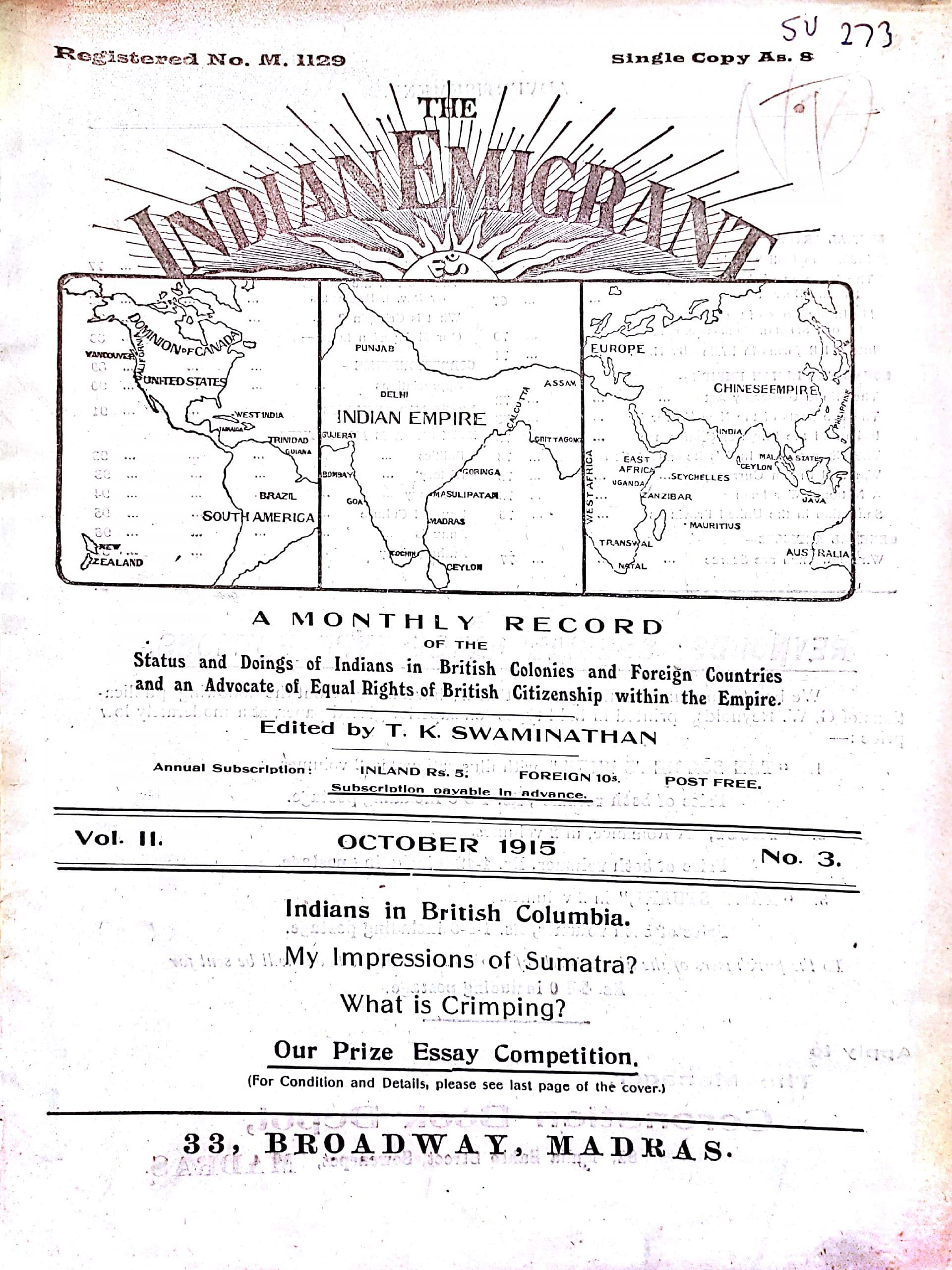
Even though circulation was relatively modest — the biggest publications garnered around 5,000 subscribers — the impact was multiplied many times over since they were widely borrowed and read, Sagar added.
Also read: How three texts reclaimed Mahabharata for India’s 21st-century avatar
A quiet extinction
According to Sagar, monthly periodicals lost prominence when India became an independent nation, with citizens opting for quicker means such as the radio and newspapers.
“After 1947, the private and public libraries that held earlier volumes of these periodicals fell into disrepair. Many libraries saw their collections decimated by pests, humidity, and even theft,” said Sagar. “As a consequence, copies sent abroad during the colonial period, or sold thereafter, are often the only surviving copies.”
It reflects poorly on India’s own efforts to preserve this literature, he added. “Libraries overseas go to great lengths to carefully handle and preserve these periodicals,” he said, adding that “the condition of libraries and archives in India is shambolic”.
“It is a sad, tragically familiar, story in India. Neglect and decay are the common themes. Even today, not a year goes by without news of some archive or important library in India being gravely damaged by inclement weather.”
Also read: Our daughters will see Sita as a single mother and Draupadi as a #Metoo warrior
Renewed life
Sagar and his team aim to eventually digitise the publications, but it’s an initiative that may require millions of dollars.
“My great hope for the future is that a philanthropist that reveres the past will commit the few millions dollars required to digitise the contents of these periodicals and make them freely available for future generations,” he said. “These periodicals should not be locked up in distant libraries or gated collections.”
Initiatives like archive.org, which digitises various kinds of historical content, are a start, but libraries like the British Library and the New York Public Library must also be willing to digitise their collections, Sagar added.
For now, the index strives to keep India’s rich intellectual history well and alive.
“I settled on this title, ‘Ideas of India’, because these periodicals teach us that there has always been robust debate over what direction the country should take,” said Sagar. “There was never one settled or even widely accepted ‘Idea of India’. So we should not be alarmed or outraged by disagreement today.”
Also read: In era of Chetan Bhagat, Netflix & Twitter celebrity, the undiscovered author has lost


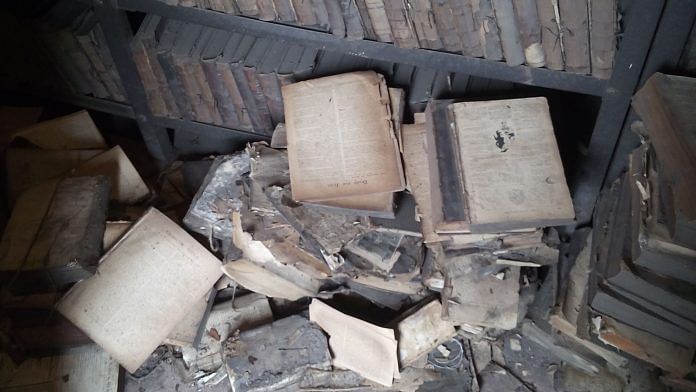

Indians must forget 1000 years of slavery trash. Burn all the rags of that era. Look ahead and look now.